
The draft intellectual property policy of the Common Market for Eastern and Southern Africa (COMESA) has put IP rights at the centre of the region’s competitive growth strategy.
The draft COMESA IP policy [pdf], obtained by Intellectual Property Watch, reads as a continuing thread of the dominant discussion during the February Africa IP conference held in Johannesburg, where IPR was identified as a necessary impetus for transforming the economic landscape of Africa.
The policy points to leveraging the knowledge-based economy in the COMESA member states and transforming their economies from being “raw material or resource based economies” to knowledge-based and innovation-driven economies “to be competitive in the global economy,” the document reads.
COMESA’s headquarters are in Zambia and the body is made up of the countries; Burundi, the Comoros, Democratic Republic of Congo, Djibouti, Egypt, Eritrea, Ethiopia, Kenya, Libya, Madagascar, Malawi, Mauritius, Rwanda, Seychelles, Sudan, Swaziland, Uganda, Zambia and Zimbabwe.
Key amongst the draft IP policy objectives is prioritising capacity building in institutions and human resources for IP innovation. This focus can be interpreted as the impetus for the recently established COMESA innovation Council.
Observers have hailed the establishment of the COMESA Innovation Council as a landmark in Africa’s institutional history in that it is the first regional integration organisation that has brought together ministries responsible for science, technology and higher education into its operations.
According to Calestous Juma, a professor of the Practice of International Development at the Harvard Kennedy School of Government, the council works hand in hand in hand with trade ministers.
This is a strategic recognition of the role of innovation in regional development and trade,” Juma toldIntellectual Property Watch. “These efforts started in 2010 at the COMESA Summit in Swaziland. But more importantly, the decision to create an innovation advisory council to the secretariat and member states demonstrates the commitment of COMESA to evidence-based decision-making.”
Launched in April, the COMESA Innovation Council has been tasked with drawing up the blueprint for kick-starting small and medium-sized enterprises as well as to advise on science and technology policies amongst others. A major incentive for driving this process is to organise and profile the annual COMESA innovation award winners. Procedures for the awards will be modelled on the Queen Elizabeth Prize in Engineering.
Juma added that the establishment of the COMESA Innovation Council demonstrated political will: “The creation of a ministerial committee on science, technology and innovation was the first sign of political will. But political will tends to focus on what needs to be done. The challenge, however, is to generate knowledge on how political decisions are to be implemented. This is really the main task of the advisory council.”
The council’s work reportedly would be guided by COMESA’s decisions, so its agenda would be defined by what the heads of state prioritise.
Ten high-profile scholars across the COMESA member states were identified to form the innovation council which according to Juma represents “a departure from the traditional dependence on foreign consultants to a new era where African leaders are starting to rely on local technical expertise. It is clearly a sign that the continent is gaining greater confidence in its own experts.”
Apart from endorsing the COMESA Innovation Council, COMESA ministers have also resolved to establish science and technology parks, artisanal and industrial clusters and create a COMESA regional information technology fund.
It has been reported that Zimbabwe, Kenya and Ethiopia have set aside resources for their national innovation funds.
The creation of the information technology fund is meant to enable the COMESA region to develop and implement science and technology programmes and projects right from the conceptual stage of design.
COMESA regional ministers responsible for science, technology and innovation also have agreed to harmonise the ICT curriculum in the COMESA region for all learning institutions providing courses that relate to information technology and innovation, and also to allocate at least 1 percent of GDP to research and development.
In a statement released by COMESA announcing the establishment of its innovation council, it said that currently most learning institutions in the region have different curricula and that the situation has made it difficult for the sector to thrive. They will also create a database of scientists and engineers that can be organised and networked “to provide a critical mass of expertise to advance the STI programme.”

 JOIN DRIVERN TAXI AS PARTNER DRIVER TODAY!
JOIN DRIVERN TAXI AS PARTNER DRIVER TODAY!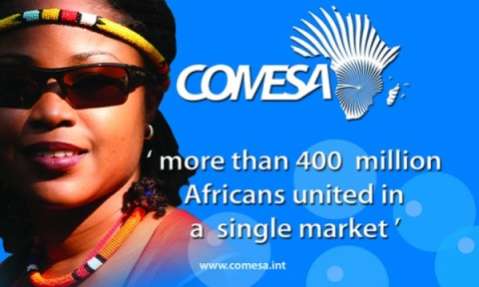
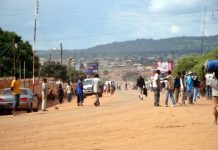
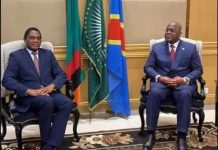
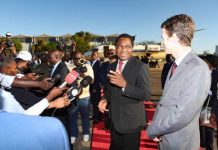
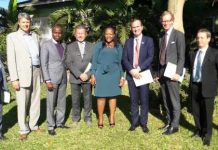

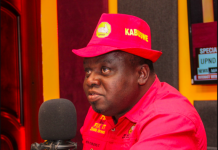






Excursionists equipped with training such as OSHA
training, ACLS certification, AED training, AED CPR, CPR training, BLS certification, CPR and first aid training, the
CPR certification, CPR classes, CPR first aid, and so on. But there are also many programs available online for cheap or for free.
The AED pads that are applied to the victim’s chest, while CPR is in progress, can also assess and determine the victim’s heart (cardiac) rhythm.
I couldn’t refrain from commenting. Very well written!